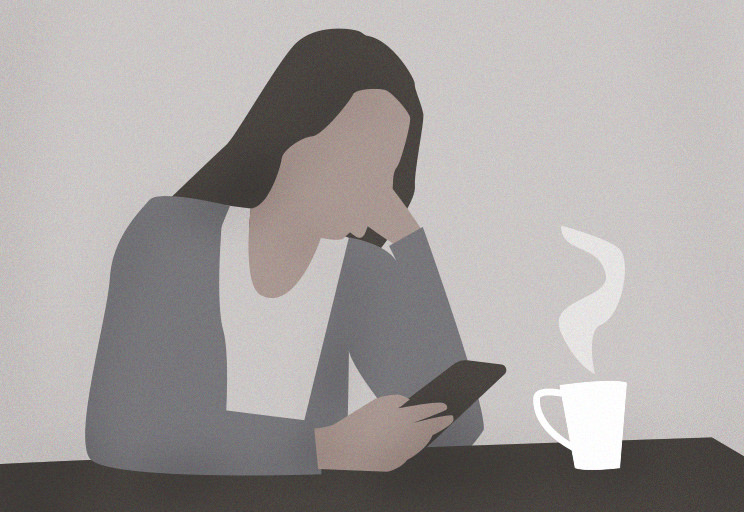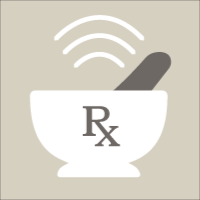It’s no secret that the outbreak of COVID-19 caused massive disruption to healthcare systems around the world. Not only were hospitals overwhelmed, but with stay-at-home orders in place, many office-based doctors struggled to keep their doors open. Those same doctors scrambled to adapt their practices to the digital demands ushered in by the pandemic. Suddenly, telemedicine and virtual visits became the norm as a way of seeing patients and offsetting the sharp decline in office-based appointments.
Perfectly Poised for a Pandemic
For many, it was a disaster. But for direct primary care physicians, it was business as usual. Unlike most primary care practices in the fee-for-service arena, most DPC practices were already set up to provide virtual office visits through telephone and video consultations, and quick check-ups via text and email. Since patients pay for services through a monthly membership, there was no need for DPC doctors to worry about how to code and bill for these non-office visit services.
Not only was this ideal for keeping patients up-to-date with necessary health information, but it allowed DPC doctors to reassure their patients during an understandably difficult period. Having the infrastructure and protocols in place to communicate directly with patients was also a godsend for disseminating factual health information during a time when misinformation was being spread from all sides. As Paul Thomas from Plum Health DPC stated on LaternDPC’s blog post, “As primary care physicians, we are uniquely equipped with not only the knowledge to educate our patients about the coronavirus, but we also have the tools to spread excellent information at our fingertips.”
Direct Care in a Post-Pandemic World
While office-based appointments have rebounded as vaccination rates increase and restrictions ease, many doctors have come to understand the pandemic-proof potential of direct care, which, in a lot of ways, is insulated from the economic uncertainty experienced by fee-for-service doctors throughout 2020. And while patient volume is on the increase in primary care, some believe that patients will continue to avoid non-essential in-office visits for some time.
Where does this position the direct care industry as the world learns how to live with the pandemic and progresses onward into 2021? In short – things are looking good. While hospitals in the U.S. could lose between $53 and $122 billion this year, DPC practices have actually reported a significant increase in patients and revenues. A good example of this is the Texan clinic, Vida Family Medicine. According to a report in the Houston Chronicle, patient inquires doubled even during the worst of the pandemic.
This is unsurprising for two reasons. The first being that many out-of-work Americans who no longer have employer-sponsored healthcare would be looking for more affordable healthcare solutions. And secondly, should another lockdown occur, patients will have readily available access to their doctor regardless of whether or not clinic doors are open.
Financial Stability
From a physician’s perspective, the financial stability offered by direct care should another lockdown occur is undeniably attractive. With lower overheads and fewer employees than a traditional physician, an uninterrupted stream of income in the form of monthly membership fees, and the ability to continue working regardless of stay-at-home orders, the number of doctors transitioning to direct care in the wake of the pandemic is steadily on the rise. Given the benefits to both patients and physicians, it’s unlikely that this trend is going to stagnate or reverse anytime soon.



